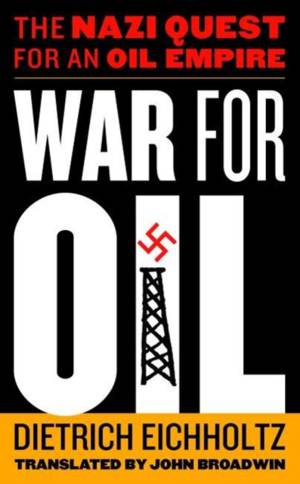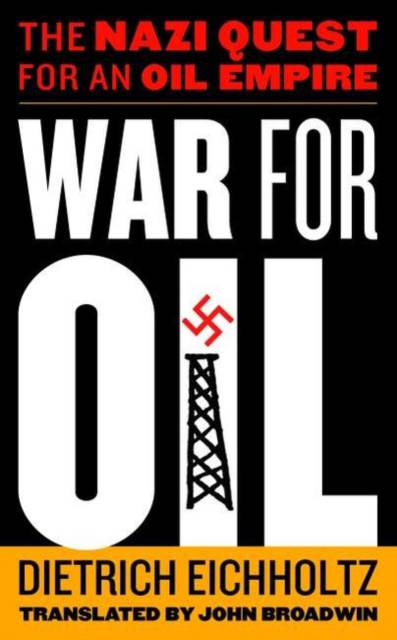
En raison d'une grêve chez bpost, votre commande pourrait être retardée. Vous avez besoin d’un livre rapidement ? Nos magasins vous accueillent à bras ouverts !
- Retrait gratuit dans votre magasin Club
- 7.000.000 titres dans notre catalogue
- Payer en toute sécurité
- Toujours un magasin près de chez vous
En raison de la grêve chez bpost, votre commande pourrait être retardée. Vous avez besoin d’un livre rapidement ? Nos magasins vous accueillent à bras ouverts !
- Retrait gratuit dans votre magasin Club
- 7.000.0000 titres dans notre catalogue
- Payer en toute sécurité
- Toujours un magasin près de chez vous
53,45 €
+ 106 points
Description
As Hitler's Einsatzgruppen (mobile SS killing units) marched into the Soviet Union directly behind the advancing Wehrmacht to murder Jews and others, less well-known units were also following in the footsteps of the German armed forces. They were called, among other things, "petroleum units," "petroleum commissions," or "technical brigades." Their mission was to seize and exploit the oil-producing areas of the conquered territories. Having pillaged oil in Poland, France, and the Low Countries, these predatory units were the latest examples of Nazi Germany's relentless efforts before and during World War II to achieve self-sufficiency in fuel. But only in the East--first in the Soviet Union and then in the Middle East--could Hitler find sufficient quantities of oil to free Germany of all external dependency and allow him to wage war indefinitely. To achieve his aim, Hitler envisioned his armored columns advancing through North Africa and the Caucasus to a juncture somewhere in the Near East in what Martin Blumenson called "the most gigantic pincer movement in history." In this prodigiously researched study, historian Dietrich Eichholtz tells the story of Nazi Germany's plans to establish a global oil empire, from the plan's inception in 1938 to its collapse in 1943.
Spécifications
Parties prenantes
- Auteur(s) :
- Editeur:
Contenu
- Nombre de pages :
- 192
- Langue:
- Anglais
Caractéristiques
- EAN:
- 9781597977210
- Date de parution :
- 01-06-12
- Format:
- Livre relié
- Format numérique:
- Genaaid
- Dimensions :
- 135 mm x 203 mm
- Poids :
- 317 g

Les avis
Nous publions uniquement les avis qui respectent les conditions requises. Consultez nos conditions pour les avis.






